My IT Setup#
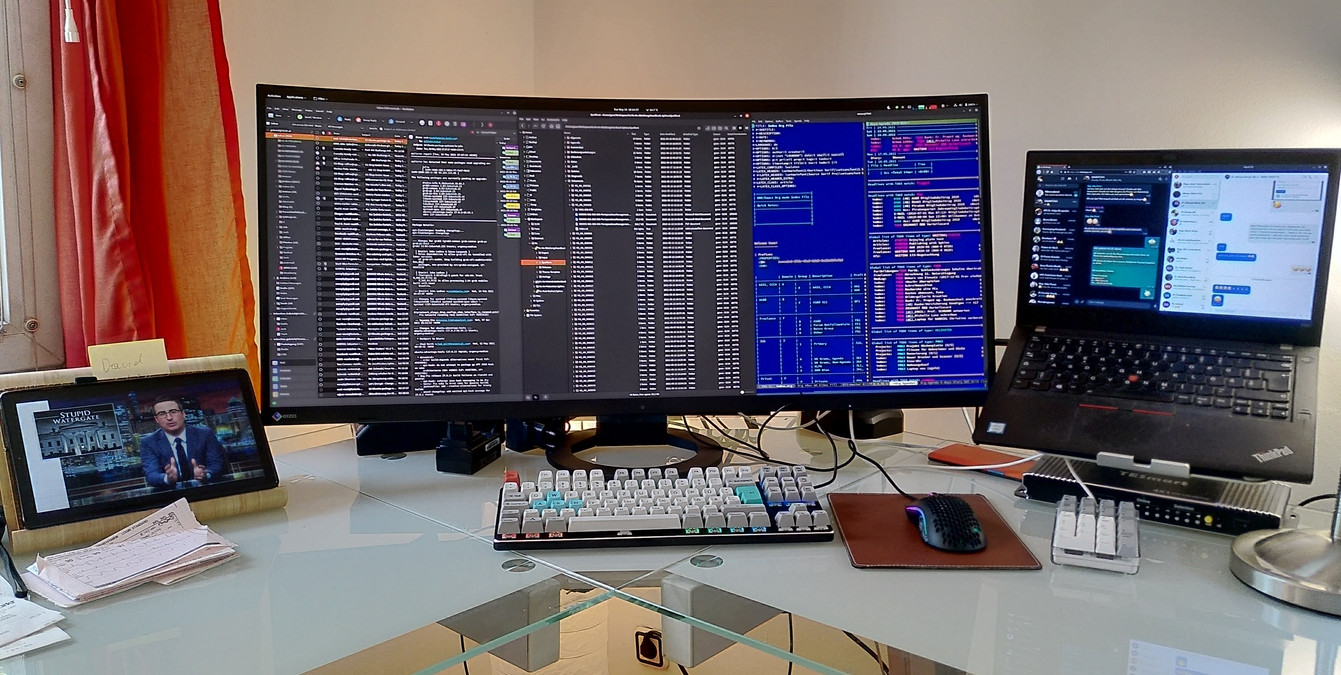
Fig. 3 Lenovo™ Thinkpad™ T480 with an Eizo™ FlexScan EV3895 37.5-inch monitor an USB-C docking station#
Changed in version 2024.01.30.
Laptop#
Since August 2023 my main PC is a framework 13 laptop.
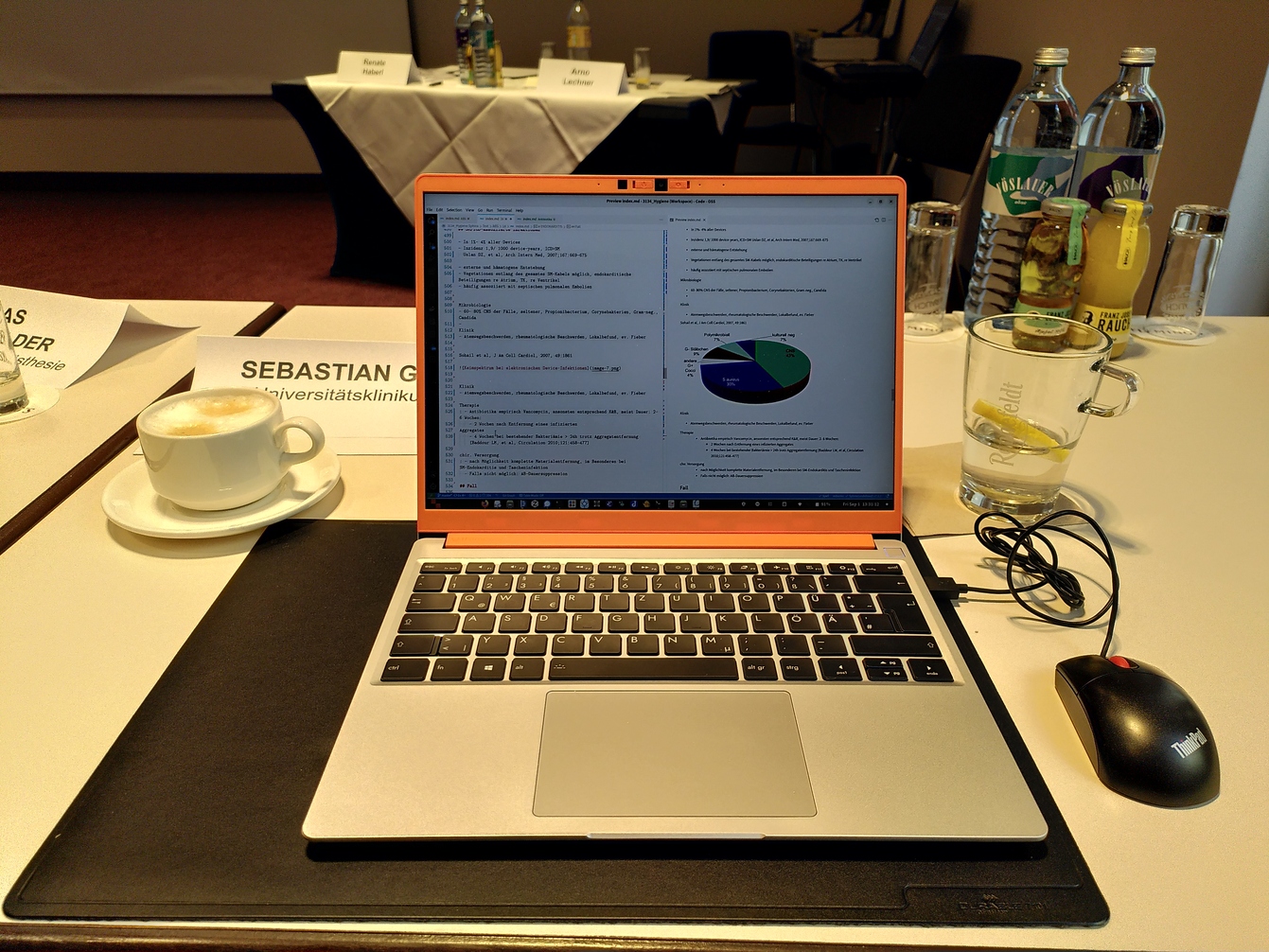
Fig. 4 framework laptop at a conference#
If you are not familiar with that kind of laptop I encourage you to take a look at the frame.work homepage. It’s main selling point is upgradeability and serviceability. You can access the internal parts without hassle, no glued-down battery etc. Even the bezel of the display can be changed, you have the choice of with a few color options. The bezel snaps in place magnetically, sounds funky, but works perfectly.
Apart from this concept it basically is a sturdy and reliable laptop which handles like a slim (sub)notebook with specs that are hard to find in subnotebooks of other brands. I.e. you can simply equip your machine with 64 GB of RAM and a 4 TB disk.
Quite nice is the modular external ports system which gives you flexibility: You can choose 2 port modules per side as you wish, they are interchangeable. So you have the choice if you want the HDMI port on the left or in the right – or none at all and use 4 USB-C ports instead … or a display port, or USB-A or a MicroSD reader …
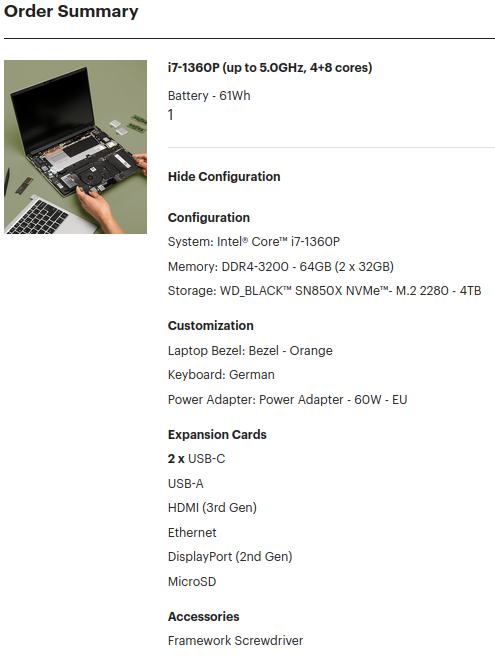
Fig. 5 The framework laptop can be configured with high tier specs#
The framework notebooks proof to be quite popular in the Linux world, resulting in a very good Linux support. Framework itself ist also quite Linux-aware and you can find Linux sepecific documentation on their website, like some power management tweaks, documented in the framework knowledge base and you are fine to go.
Battery life is reasonable, on a nine to five workday I end up with 59% (maximum power saving, text editor) to 41% (WiFi, Visual Studio Code, Firefox).
USB-C Dock: When the Laptop becomes a Workstation#
Like my former notebook the framework laptop is used as my primary workstation and is docked/connected to a USB-C hub and external monitor (Eizo™ FlexScan EV3895) when I’m at my desk. The 37.5-inch screen has a 24:10 aspect ratio and a resolution of 3840 × 1600 pixels.
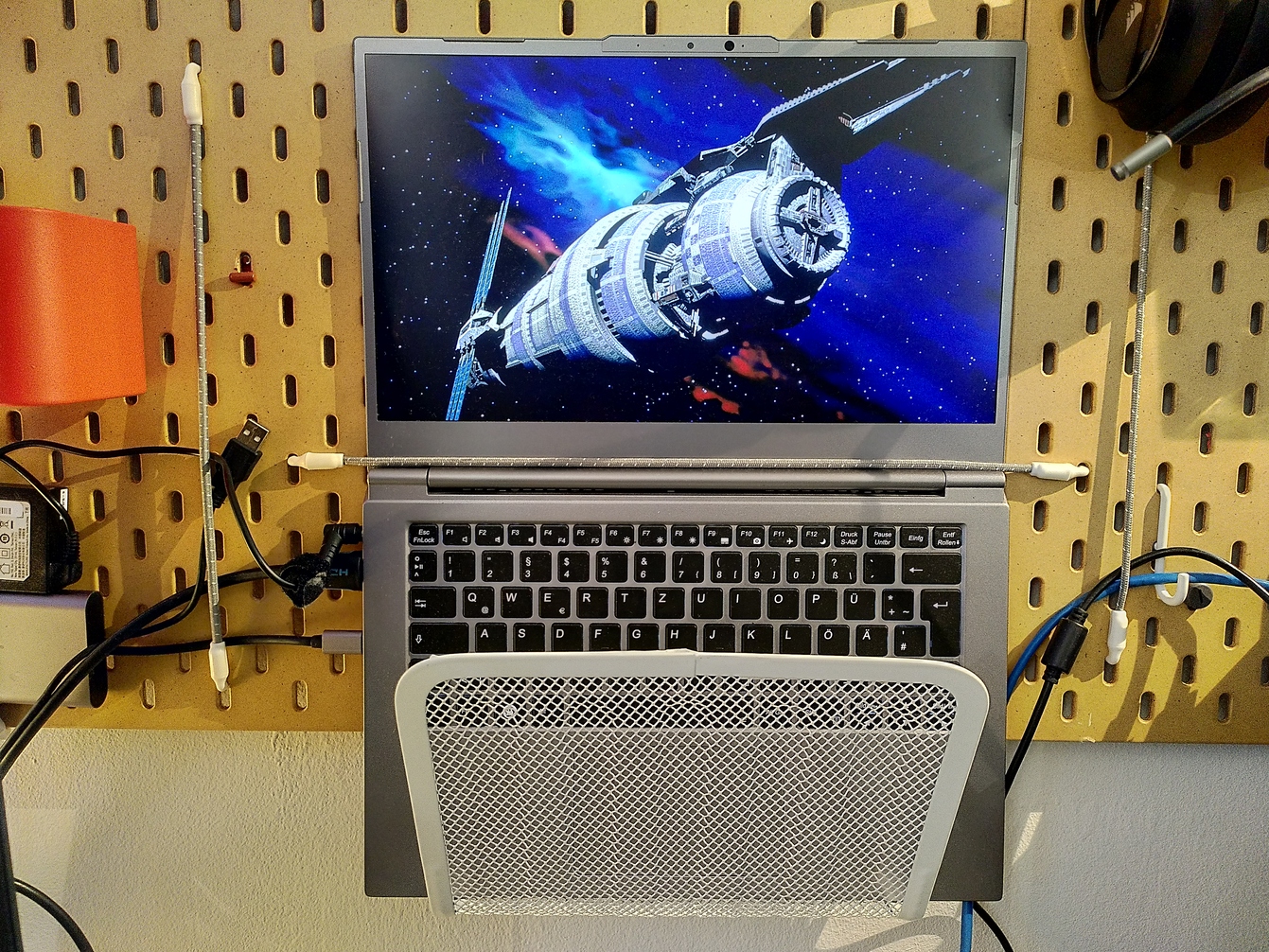
Fig. 6 My former Tuxedo InfinityBook S 14 Gen6 mounted on an Ikea Skådis Pegboard#
At work I use a similar setup. This enables me to work seamlessly in various locations. Technology Connections made a nice video about the feasibility of using your laptop as a workstation:
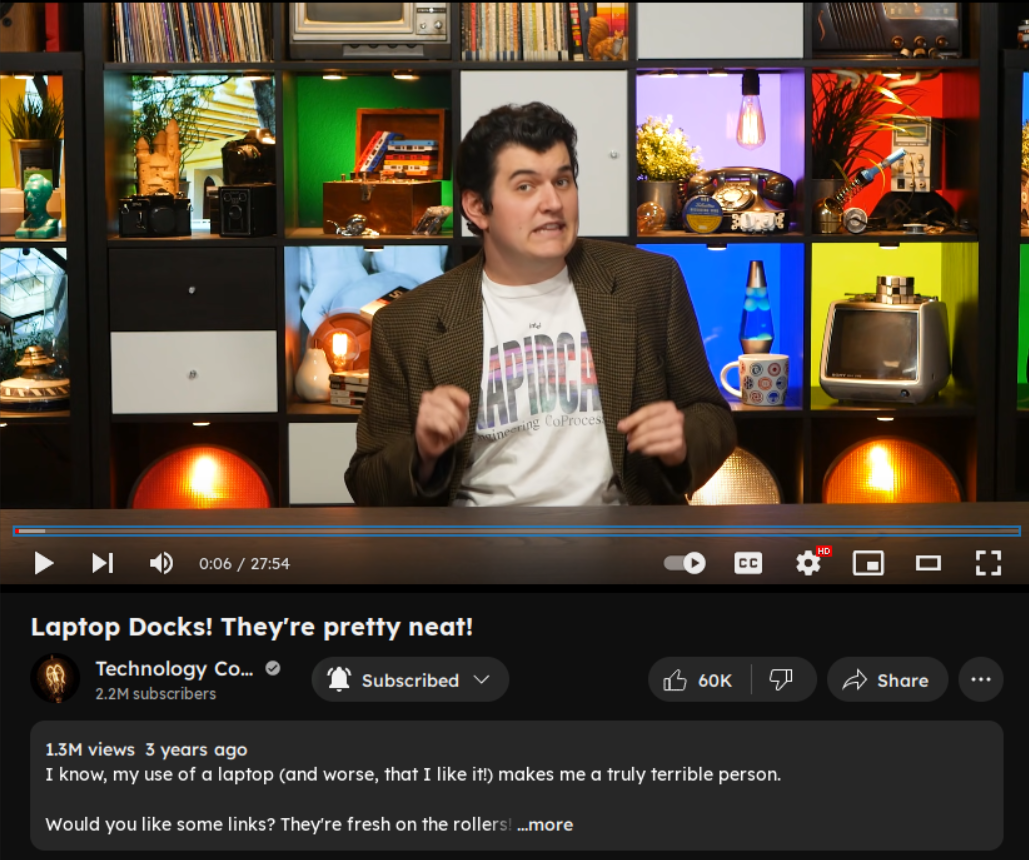
Spare and Alternatives#
Apart from my main Laptop I’m using a Microsoft Surface Pro 9 (Intel) Tablet PC running Manjaro Linux. The Linux install on this device was remarkably smooth, see the Linux Surface Guthub Page for further information about compatibility and installation instructions.
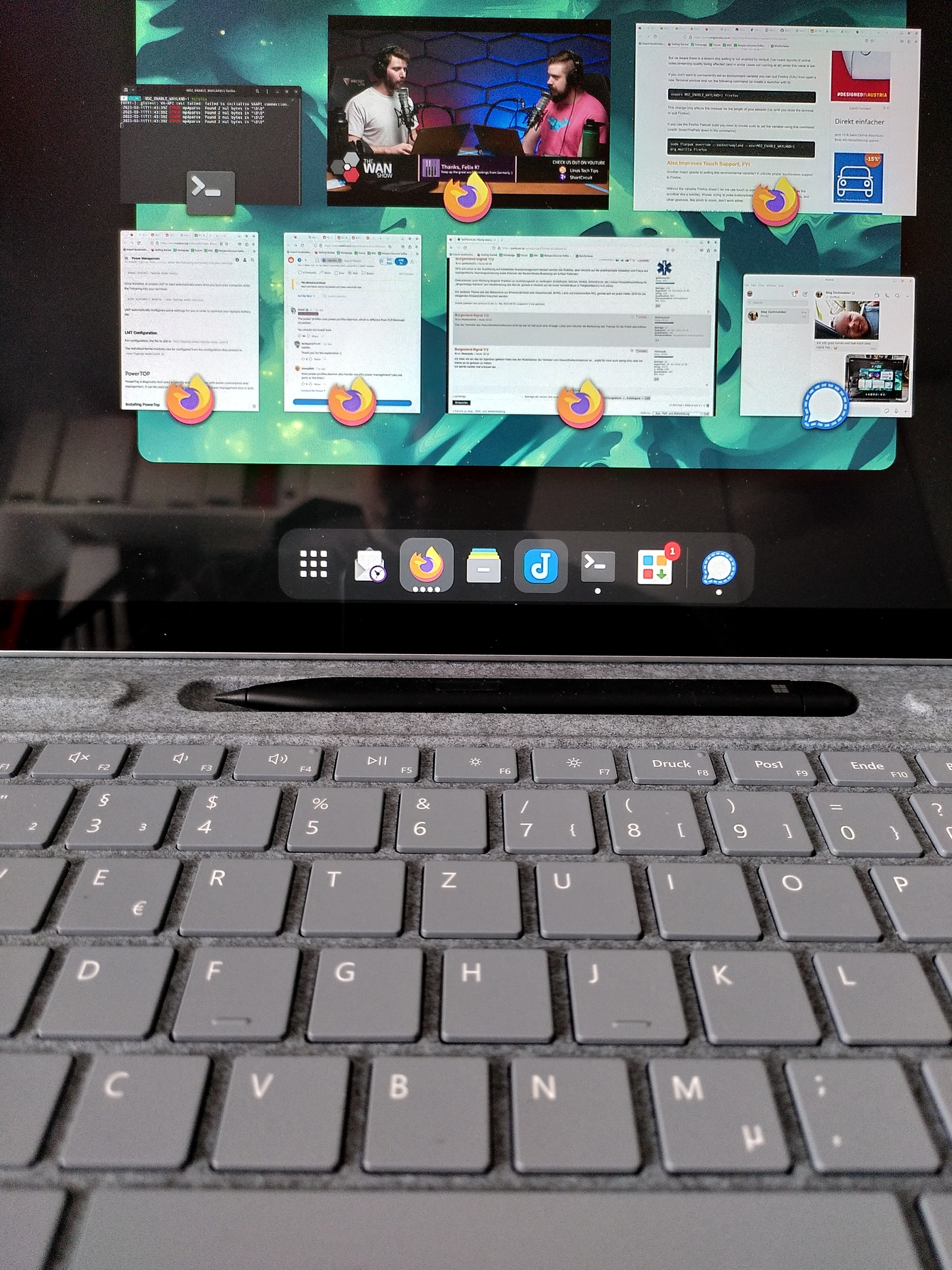
Fig. 7 Microsoft Surface Pro 9 running Manjaro Linux with Gnome Desktop#
Keyboard#
I use quite a variety of mechanical keyboards. My mainstays are:
Glorious GMMK Pro using mainly Glorious Panda switches with some Kailh Boxed Navy switches on special keys (such as caps lock). This 75% keyboard is very well build and easily configurable. The volume knob make all the difference.
In recent time I’ve become a fan of Glorious products since I first used their GMMK Modular Keyboard. While relatively expensive when compared to mainstream consumer products the build quality and pragmatic design puts that in perspective quite well. Their design choices seam to be guided with practicality, simplicity and comfort in mind — for human interface devices a reasonable paradigm I would say.
Unicomp Mini M buckling spring keyboard, basically a recreation of the famous Model M keyboard family of the 1980ties an 90ties. If you are not familiar with the buckling spring mechanism in keyboards you might want to check the Wikipedia page to learn what makes them so appealing in a keyboard.
Unicomp was founded by former Lexmark engineers whose former company had taken over the Model M production from in 1991. These engineers eventually purchased the license, tooling and design rights for the buckling-spring technology and continued the Model M line in the new founded company.
I prefer an external numpad. In full sized keyboards I strongly dislike the fact that the numpad is where I would like my mouse to be and the main typing block gets shiftesd to the left. I like my numpad to be on the right side of the mouse or on the left side of the keyboard (you get used to typing numbers with your left hand quite easily).
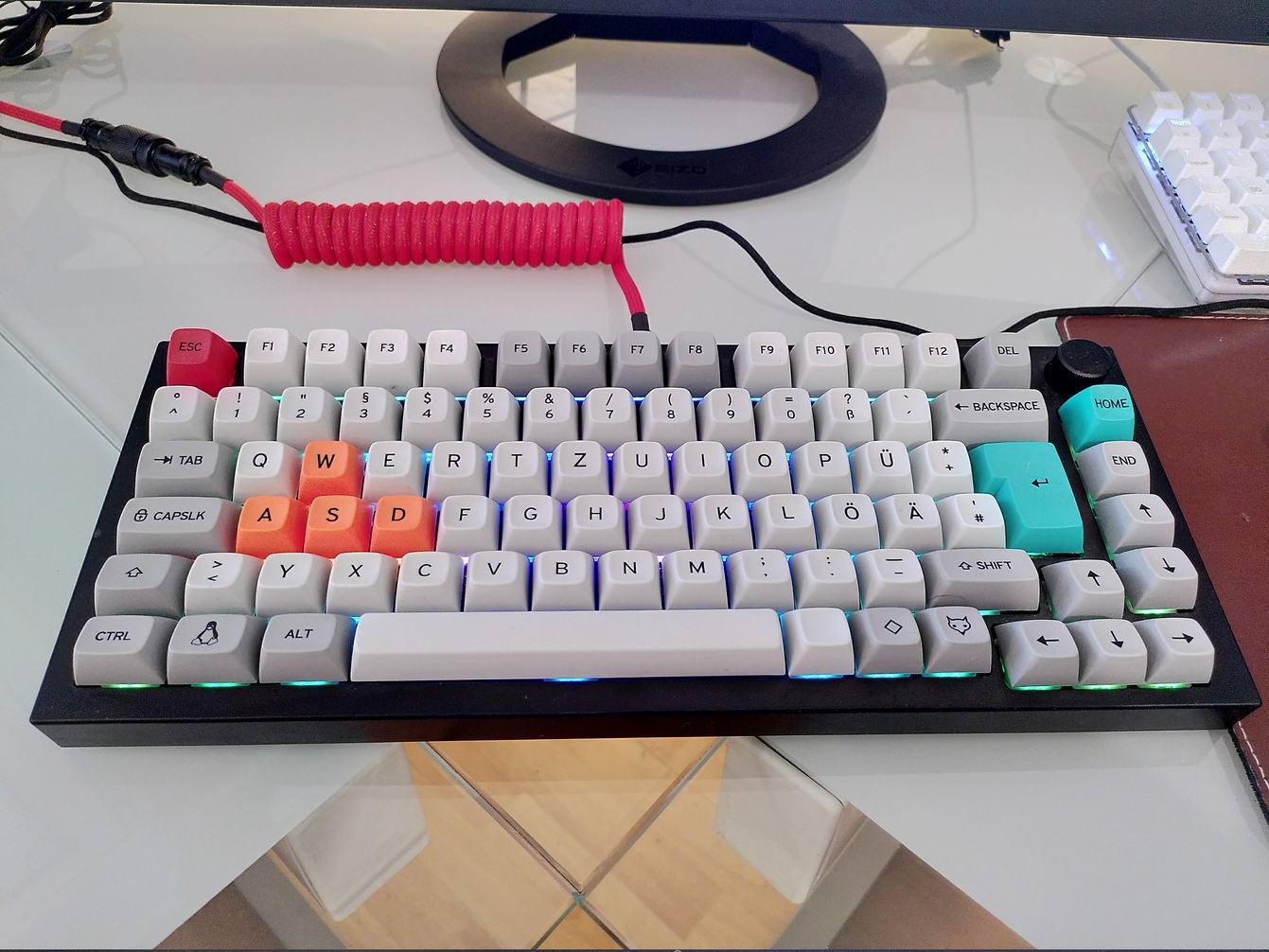
Fig. 8 Glorious GMMK Pro keyboard#
The 75% layout might be a controversial choice for some. However Well, that’s what I got with the 75% layout combined with an external numpad module.
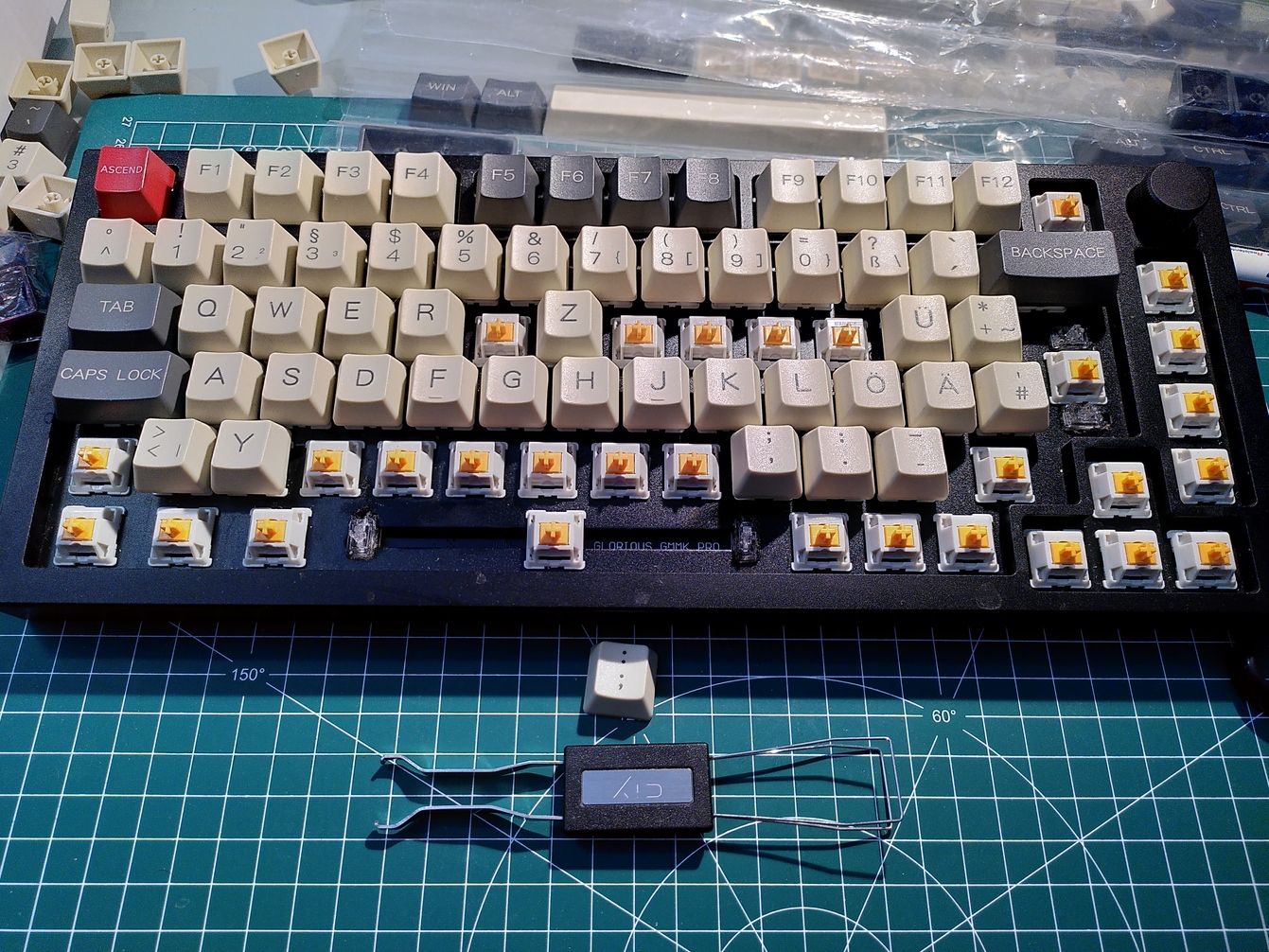
Fig. 9 Glorious GMMK Pro Keyboard with Glorious Panda Switches#
Recent but obsolete#
In 2015 I bought my first Lenovo Thinkpad as a refurbished device, a Lenovo™ Thinkpad™ X220 with a WAN adapter, for around 260.00 euros. Upgraded with a new SSD hard drive and additional RAM it quickly became my loyal companion.
The high build quality and reliability of the devices, paired with the good Linux compatibility and the mobile internet/WAN option where compelling factors. However since the recent Linux-WAN-incompatibility-problems I will have to rethink that in the future.
It has been succeeded by a Lenovo™ Thinkpad™ T480 with an Intel i7-8550U CPU and 32 GB of RAM (see also: T480 Bugfixes and an NVIDIA™ MX150 GPU.
My former workstation was a Tuxedo InfinityBook S 14 - Gen6 with an 11th Gen Intel i7-1165G7 CPU and 40 GB of RAM with a LTE module. Sadly the battery bulged after short to 2 years …
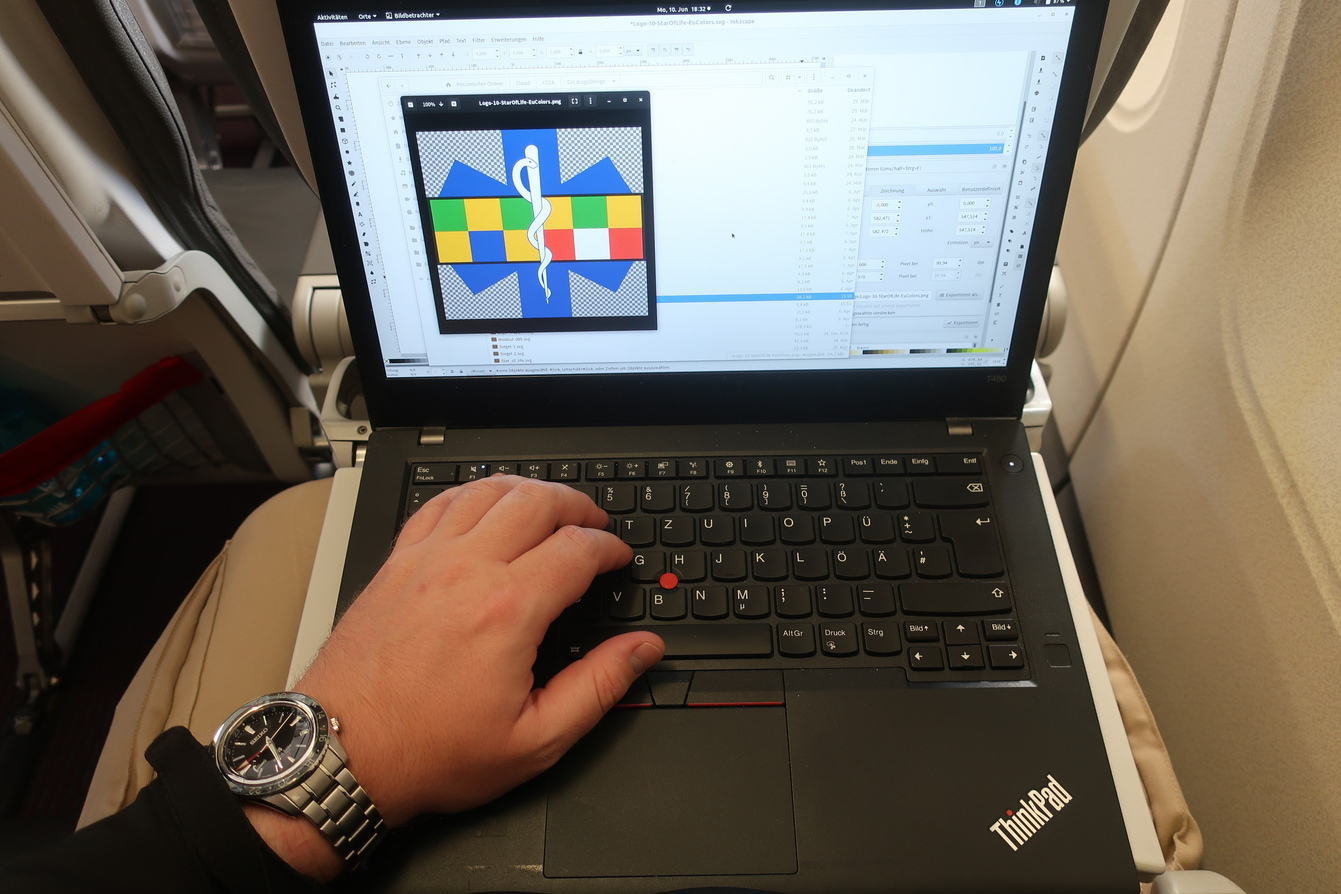
Fig. 10 Lenovo™ Thinkpad™ T480 on the flight from Bruxelles, Belgium, to Vienna, Austria#
(with my Grand Seiko SBGE001)
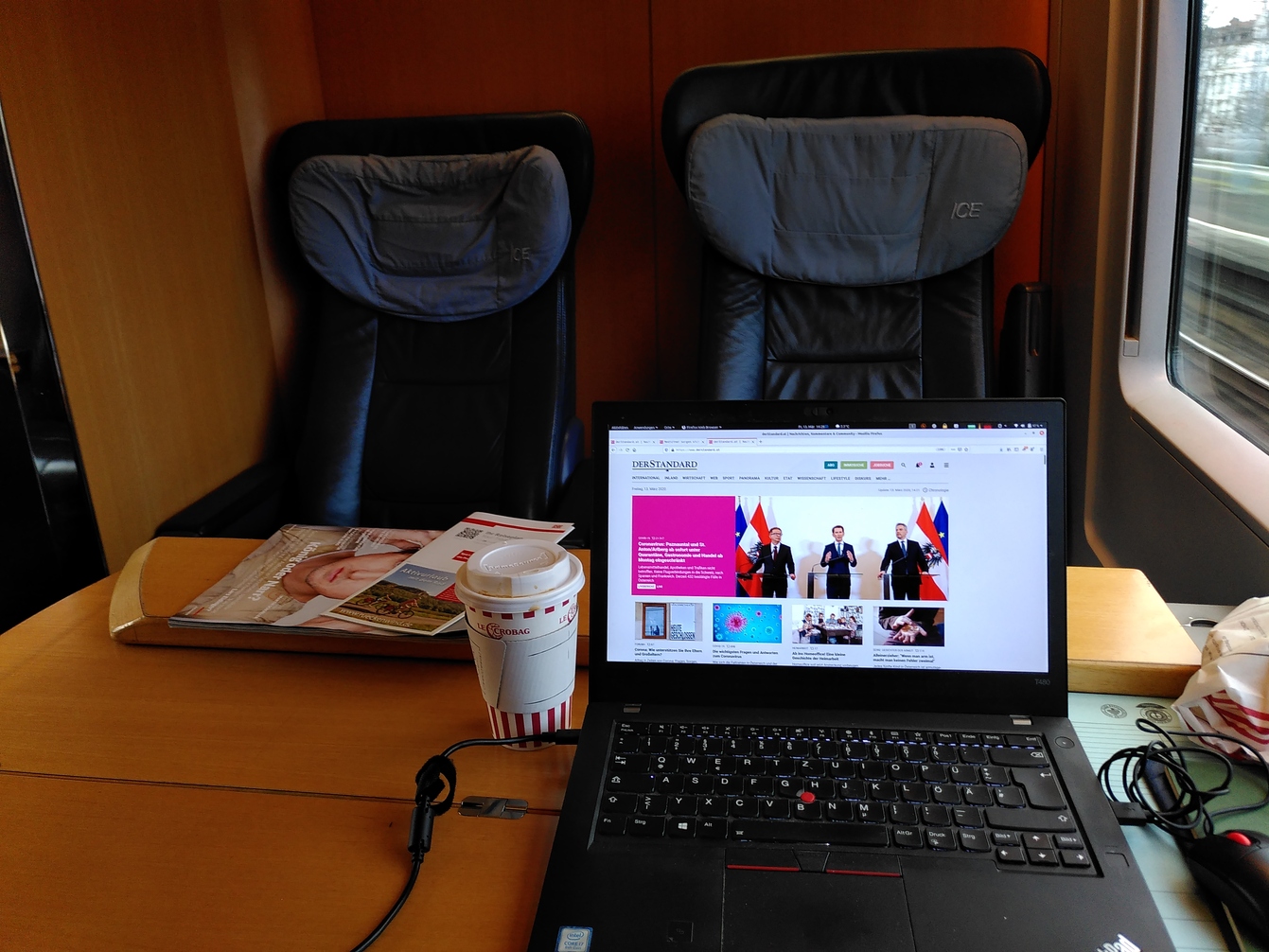
Fig. 11 Lenovo™ Thinkpad™ T480 on the ICE train from Frankfurt, Germany#
Operating systems#
My choice of operating system falls clearly on Linux. I was already using Linux as the operating system on my servers in the 90s (S.u.S.E. Linux), with the rise of Ubuntu it also became more and more interesting for the desktop. In 2011 I started an interlude with MacOS X on a MacBook Pro, which I enjoyed very much (both the BSD-based operating system and the notebook). With the use of my first Thinkpad, Linux finally became my everyday operating system (Ubuntu and Debian Testing). Today I’m using Manjaro Linux.
Software#
Sphinx is my preferred software when it comes to creating text publications. The Sphinx Toolchain enables the creation of different output formats (PDF, ePub, HTML, …) on the basis of a single source code base. Thanks to the LaTeX backend, it is well suited for print publications as well. Together with the version control system Git and platforms like GitLab, it can be expanded into a comprehensive collaboration system for text-based content creation.
Previous Setups#
Since I commute regularly, notebooks are my primary workhorse nowadays.
Previous Setups and Hardware